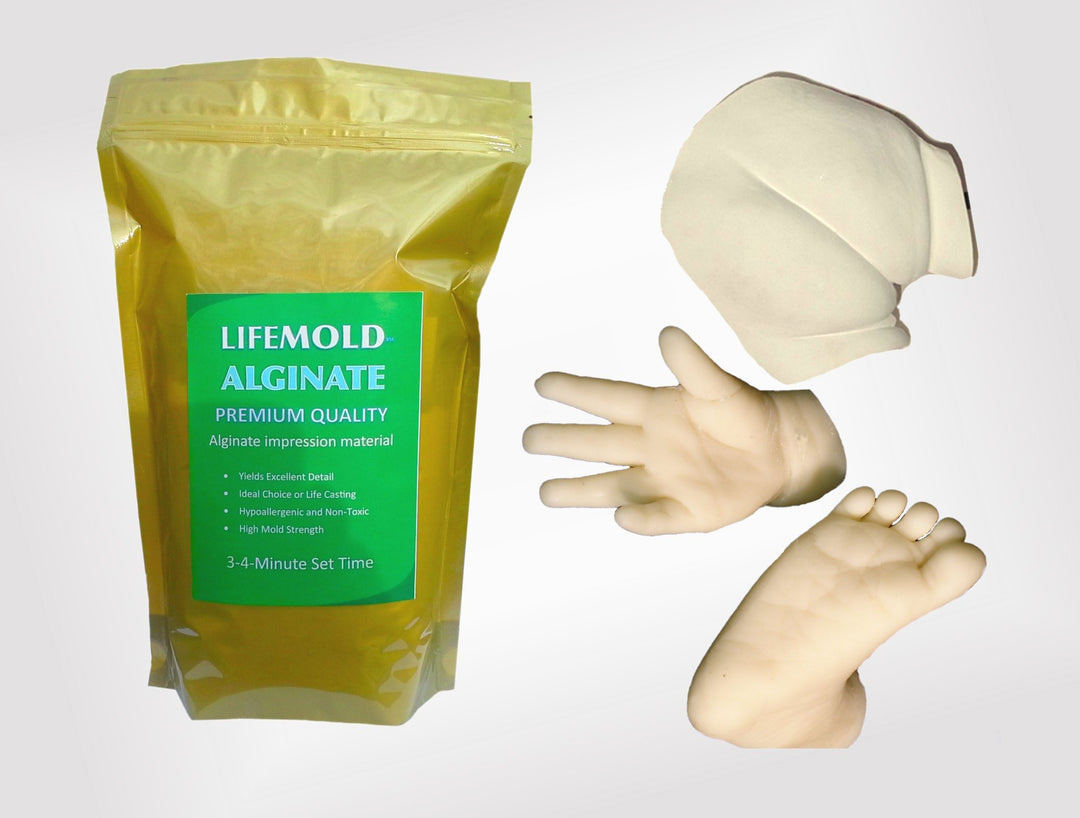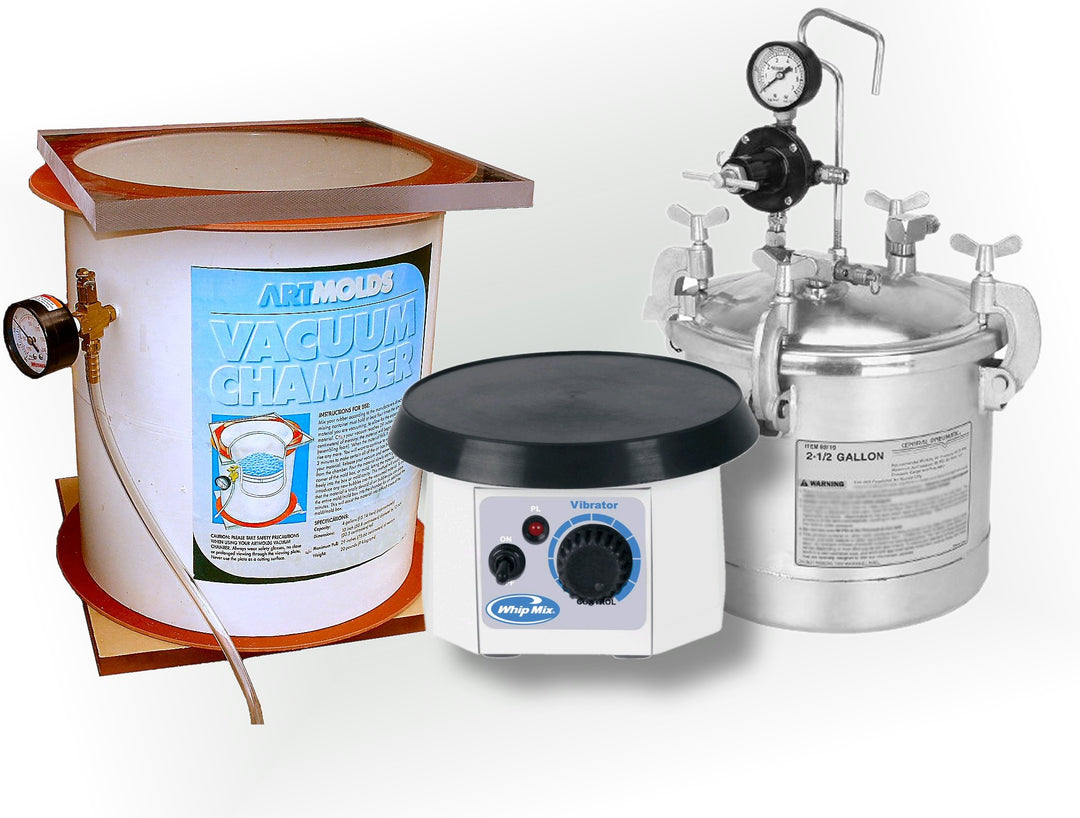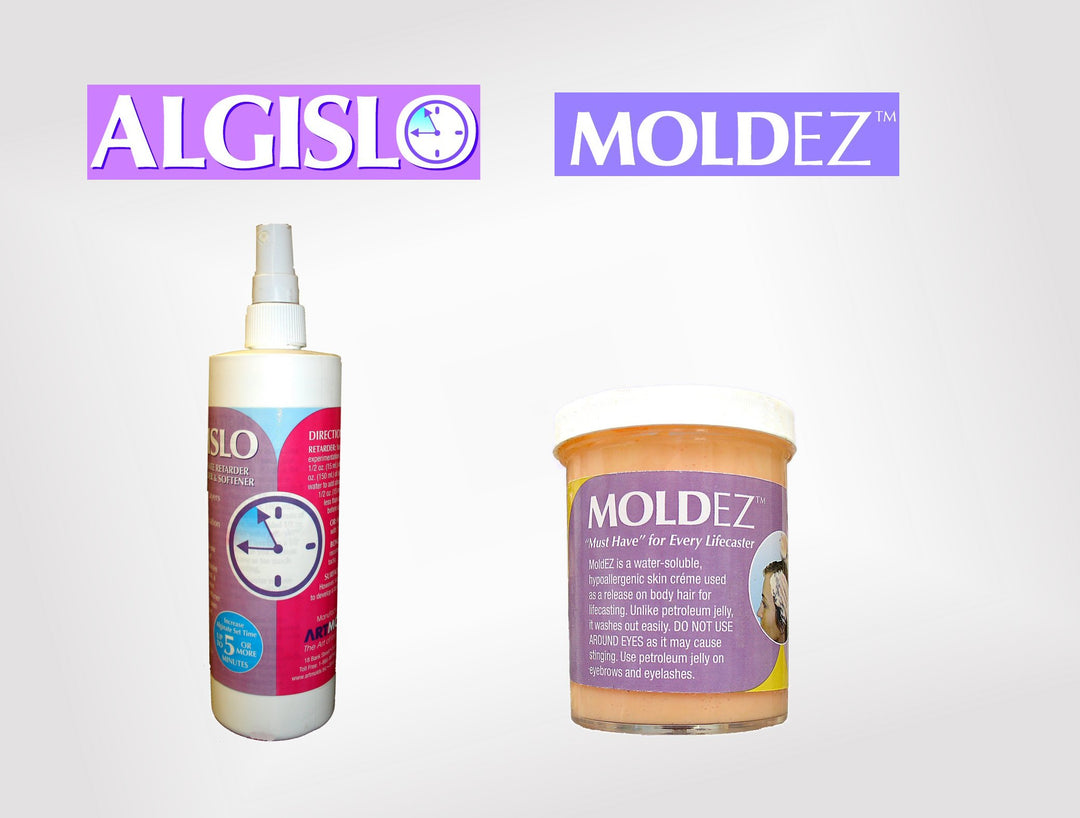SUBSCRIBE TO OUR BLOG
Subscribe to get special offers, free giveaways, and once-in-a-lifetime deals.Pressure pots are key in making bubble-free, top-quality casts. They keep a high pressure that stops air bubbles in resin. This is critical because air bubbles can ruin the look and strength of resin molds, making these pots a must-have for anyone looking for perfect casts.
Key Takeaways
- Essential for bubble-free casting
- Maintains a pressurized environment
- Minimizes air bubble elimination in resin molds
- Crucial for achieving high-quality casting results
- Invaluable for artisans and professionals
- Helps produce structurally sound final products
Introduction to Pressure Pots
Pressure pots are key in resin casting and making molds. They ensure perfect outcomes by pushing air bubbles into tiny, unseen spots with even pressure. This makes your final product look flawless.
What is a Pressure Pot?
A pressure pot is a closed container that squeezes resin into molds with strong, even pressure. It helps eliminate air bubbles, making your casts clear and perfect. For top-notch resin casting, a pressure pot is essential.
Main Uses in Mold Making and Resin Casting
Clear, transparent casts for art, crafts, and industry need pressure pots. They speed up curing time while keeping things clear. It's a must-have for professionals who want to excel in their work.
How a Pressure Pot Works
A pressure pot is key in making top-notch resin works. It traps air bubbles in resin under high pressure. This makes the final product totally clear and smooth.
Mechanism of Action
The pressure pot seals in air and squeezes it. This pressure squishes air bubbles. They don't show in the resin when it hardens, perfect for complex shapes.
Benefits Over Other Methods
Pressure pots outdo vacuum chambers and torches in several ways. They speed up the resin's hardening. Plus, they handle thick pours better, resulting in fewer defects.
Types of Pressure Pots for Resin Casting
Choosing the right resin pressure pot is crucial for craftsmen. They have many options, each catering to different casting needs. By knowing what's out there, picking the ideal pressure pot becomes easier.
Standard Pressure Pots
Many resin casting enthusiasts prefer standard pressure pots. These pots meet most casting needs and are perfect for common projects. They make it easy to create bubble-free casts with their reliable design and simple use.
- The Artmolds 2.5 Gallon Pressure Pot is a top pick. Its sturdy build means it lasts and delivers consistent results.
- These pressure pots usually come ready to use, which is great for all levels of experience.
Customizable Pressure Pots
If you want to customize your casting setup, there are options available. Customizable pressure pots let you adjust and add features to fit your unique resin casting projects.
- They offer modular designs and add-ons, perfect for complex casting needs.
- You can upgrade them with digital pressure gauges, special fittings, and improved seals.
Getting the right resin pressure pot significantly impacts the quality and success of your castings. Whether you go with a standard or custom pot, consider your project needs. This step ensures you get the best performance.
Setting Up a Pressure Pot for Optimal Use
Setting up your pressure pot well is key to perfect resin castings. A good start makes for smooth work and top-notch results. To set it up right:
Initial Setup and Assembly
Start by making sure the inside is clean. Debris inside can spoil your resin. Then, put the pot together following the manual. It's crucial for a safe casting process.
Connecting to an Air Compressor
Next, link your pot to a suitable air compressor. You need the right hoses and fittings for a safe join. Match the compressor's power with the pot's needs to avoid problems.
Pressure Settings
Getting the pressure right is crucial for good casts. Set it to match the resin type you're using. Resin makers give pressure recommendations for the best results. This helps new users steer clear of mistakes for great casts.
| Component | Steps |
|---|---|
| Initial Setup and Assembly | Clean the interior, follow assembly instructions, secure all components |
| Connecting to an Air Compressor | Use correct hoses and fittings, ensure compatible capacity |
| Pressure Settings | Adjust according to resin specifications, follow manufacturer recommendations |
Steps to Use a Pressure Pot for Resin Casting
Using a pressure pot for resin casting has several key steps for great results. This guide will take you through the process.
Mixing the Resin
First, mix the resin and hardener well. Do this as the maker tells you to. Mixing right stops defects from forming. Mix slowly to avoid air bubbles. Air bubbles can ruin the mold.
Pouring and Preparing the Mold
Once mixed, slowly pour the resin into the mold. Be sure the mold is clean. It must not have any dirt for a perfect casting. Slow pouring also helps keep bubbles away.
Placing the Mold in the Pressure Pot
Next, put the mold in the pressure pot carefully. It should sit straight and not wobble. Proper setup avoids problems when you start to pressurize. Seal the pot tightly to keep the pressure right.
Curing and Finalizing the Cast
After closing the lid, adjust the pressure to 40-60 psi. This is the best pressure for most resin materials. Pressurizing is crucial. It reduces defects and makes your cast look clean and clear.
| Step | Description | Key Points |
|---|---|---|
| 1. Mixing the Resin | Combine resin and hardener as per instructions. | Avoid air bubbles, mix thoroughly. |
| 2. Pouring and Preparing the Mold | Fill the mold slowly ensuring it's debris-free. | Achieve bubble-free resin castings, prevent defects. |
| 3. Placing the Mold in the Pressure Pot | Position the mold correctly inside the pot. | Balance and seal tightly. |
| 4. Curing and Finalizing the Cast | Set appropriate pressure and cure. | Eliminate casting defects with pressure. |
Common Problems and Solutions in Pressure Casting
Using a pressure pot is key for top-notch mold makers. It can lead to perfect results. Yet, sometimes problems show up. Knowing how to deal with these can make your work better.
Air Leaks
Air leaks are very common with pressure pots. They lower the pot's ability to remove bubbles from the resin. This can mean a final product full of defects. To stop air leaks, try this:
- Double-check all connections and seals to make sure they're tight.
- Look at the lid and gasket closely, and replace them if they're worn out.
- Use a safe sealant around the lid and gasket to keep them sealed well.
Uneven Curing
Improper curing can make resin castings look weird or have weak spots. It often happens because of bad mixing, wrong pressure settings, or unreliable temperature control. To fix this, mold makers should:
- Always follow the resin maker's instructions for mixing and curing.
- Make sure the pressure inside the pot is the same everywhere by setting the mold right.
- Keep the temperature steady to avoid curing too early or too late.
Here's a table with common problems with pressure pots and solutions:
| Problem | Cause | Solution |
|---|---|---|
| Air Leaks | Loose connections, worn gaskets | Check & tighten connections, replace damaged parts, use sealant |
| Uneven Curing | Improper mixing, incorrect pressure, uneven temperature | Follow guidelines, ensure even pressure, control temperature |
By fixing pressure pot problems with care, mold makers can get the flawless results they need. This means each project can reach its highest quality.
Comparing Pressure Pots to Vacuum Chambers
Choosing between a pressure pot and a vacuum chamber for resin casting involves several factors. Both are essential for getting rid of air bubbles, but they work in very different ways. The right choice depends on the project's needs and goals.
Advantages of Pressure Pots
Pressure pots are great for quick, efficient pressure casting. They have several benefits:
- Speed: They are much faster than vacuum chambers, perfect for time-sensitive projects.
- Ease of Use and Setup: They are simple to use and set up, especially for straightforward designs.
- Consistency: They make air bubbles disappear, leading to fast and clear curing.
But, pressure pots might not work well for very complex shapes. They can also cause mold warping if too much pressure is used.
When to Use Vacuum Chambers
Vacuum chambers have benefits that make them perfect for certain projects:
- Precision: They're ideal for intricate shapes, ensuring air bubbles are gone for an even cure.
- Professional Quality: Although more costly, they provide a professional finish without imperfections.
- Versatility: Resiners' new Airless bubble machine is gaining popularity for its easy-to-use design in vacuum chambers.
Yet, vacuum chambers take longer to remove air bubbles and need more setup time. They also require more knowledge to operate. This can make them unsuitable for some simple or urgent projects.
So, the choice between a pressure pot vs. vacuum chamber for molds depends on your project's needs. For quick results with simple designs, pressure pots are the better choice. However, for complex shapes and high-precision work, vacuum chambers offer more benefits.
Choosing the Right Pressure Pot
When picking a pressure pot for resin casting, consider a few things to get the best results. Start with the pot's size. This affects how much resin you can handle at once. Bigger pots let you work on large projects and process more resin at a time. But, they need larger air compressors for proper pressure. Also, look at how much pressure the pot can handle. The higher the number, the more it can do without breaking.
Factors to Consider
Think about how easy the pot is to use. Pick one that's simple to put together and operate, especially if you're just starting. Make sure it works well with the tools you already have, like your air compressor. Being able to change and adjust parts is important too. This way, you can make your pot fit the specific demands of your projects. The ArtMolds pot, for instance, is known for being flexible and straightforward.
Top Models on the Market
The ArtMolds 2.5 Gallon Pressure Pot is a standout choice for its ease of use and dependability. It's great for both beginners and experts. The pots from California Air Tools and TCP Global are also worth looking at. They are praised for their strong build and steady work. Before you choose a pressure pot, read up on user reviews and product details. It will help you pick the best one for you. Don't forget to learn how to take care of your pot. Proper maintenance helps it last a long time, working well for many projects.
FAQ
What is a Pressure Pot?
A pressure pot is a sealed container. It is used to apply even pressure on resin in molds. This reduces air bubbles for high-quality castings without bubbles.
What are the main uses of a pressure pot in mold making and resin casting?
They help mold making by removing air bubbles in resin. This makes the mold stronger and resin dry faster. The result is crystal-clear, bubble-free resin items.
How does a pressure pot work?
This pot uses air pressure, often from a compressor. The pressure squashes the air bubbles in resin. These bubbles become too small to see, leaving castings bubble-free.
What are the benefits of using a pressure pot over other methods?
Pressure pots surpass vacuum chambers or torches in many ways. They speed up the curing process, handle thicker resins, and yield clear and top-grade casts.
What types of pressure pots are available for resin casting?
There are regular pressure pots for usual needs. Then there are adaptable ones, allowing special modifications for specific resin casting jobs.
How do I set up a pressure pot for resin casting?
First, make sure the pot is clean. Then, assemble it tightly and connect it to an air compressor. Adjust the pressure to what your resin needs for best results.
Can I connect my pressure pot to any air compressor?
Yes, you can connect various air compressors to pressure pots. But, make sure they match in terms of pressure and you use the right hoses for safe use.
What are the steps to use a pressure pot for resin casting?
Mix resin and hardener. Pour into a clean mold, then put it in the pressure pot. Seal and set the pressure. Let it cure under pressure.
How can I prevent air leaks in my pressure pot?
Prevent air leaks by checking the pot’s condition and sealing well. Ensure all connections are tight before using it.
What should I do if my resin cures unevenly?
If resin cures wrongly, follow the maker’s instructions. Put the mold right in the pot. Keep the pressure steady while it cures.
How do pressure pots compare to vacuum chambers?
Pressure pots are great for fast, even curing of thick resins. Vacuum chambers remove air without pressure, best for delicate items.
What factors should I consider when choosing a pressure pot?
Think about size, pressure limits, and ease of use. Also, look for pot mods and if it works with what you have. Reviews and research can guide your choice.
What are some top models of pressure pots on the market?
Models like the Artmolds 2.5 Gallon Pressure Pot are well-regarded. They have features that make resin casting easier, but which is best depends on your needs.
How often should I maintain my pressure pot?
Keeping it clean and checking for wear is important. Make sure all parts are tight for safety and the pot to work well for a long time.
Source Links







Leave a comment